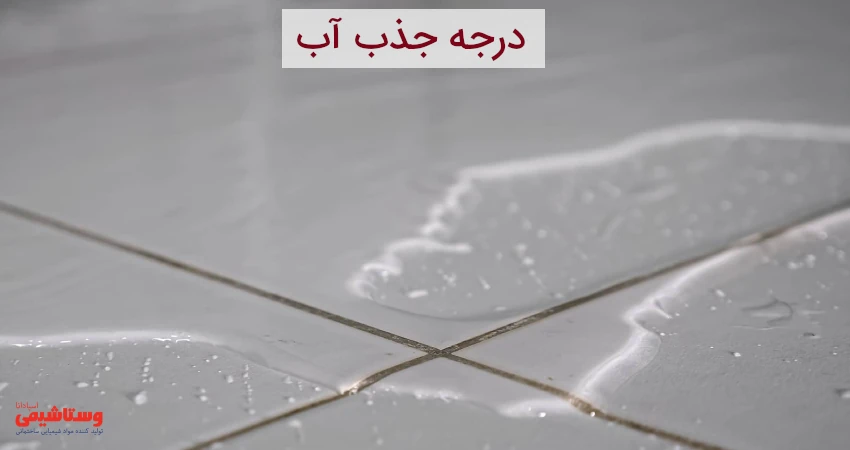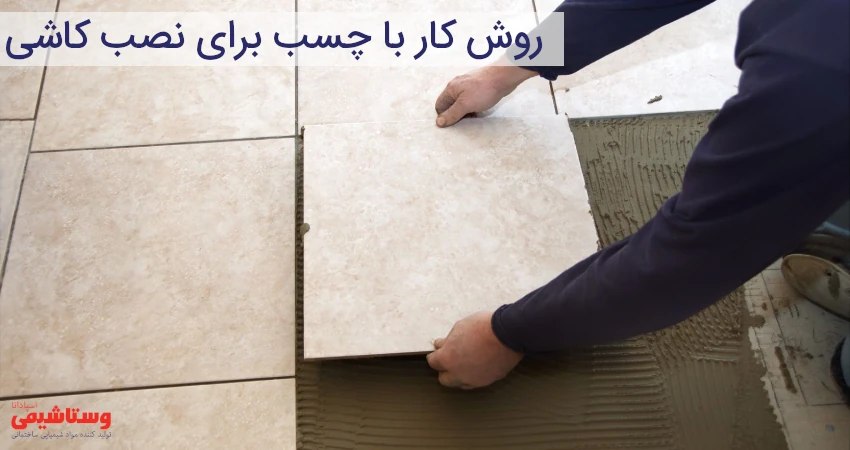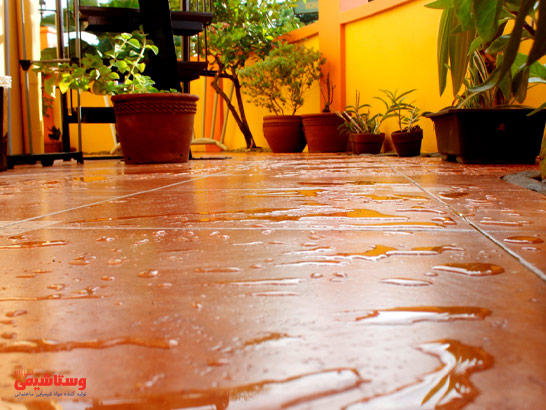Classification of concrete
Classification of concrete based on its characteristic strength is as follows:
C6, C8, C10, C12, C16, C20, C25, C30, C35, C40, C45, C50
The numbers after C indicate the characteristic compressive strength of concrete in megapascals.
???? Methods of determining mixing ratios
???? For C12 category concretes and below, mixing ratios can be based on previous experiences and
Determined without laboratory studies.
???? For C25 grade concrete and below, standard mixing ratios can be used according to the specification book
It made general technical criteria provided that the consumables are standard.
???? For C30 grade concretes and above, determining the optimal mixing ratios should be done through laboratory studies.
Change in volume of concrete
Volumetric changes of concrete due to changes in humidity, temperature, chemical reactions and resulting stresses
of loading occurs and possible
cause cracks in concrete. Given that cracks are a factor that weakens resistance
Concrete is against external forces
and reduce the durability of concrete, knowing the effective factors in cracking is useful in reducing possible problems.
???? The range of changes of dry shrinkage for concrete with low water and the desired quality of materials is about 0.02% and
For concrete with a lot of water and poor aggregate quality, it is about 0.1%.
Freezing and thawing of concrete ????Agent reducer Reliability Concrete
When wet concrete is subjected to alternating periods of freezing and thawing,
If it has the desired quality, it will be less damaged.
In order to improve the quality of concrete and deal with the effects of intermittent frosts, it is necessary to observe the following points.
✅ Necessary measures should be taken to create air bubbles in the concrete.
✅ The materials used in making concrete should be of good quality.
The ratio of water to cement should be reduced until the pre-cooling of concrete is not affected.
✅Appropriate and correct methods should be used in the preparation, transfer, implementation, treatment and protection of concrete. Presence of moisture and water
It is considered a decisive factor in the destruction of concrete due to intermittent frosts, therefore, the designer and executive as much as possible
Water and moisture should be removed from the concrete structure through drainage and selection of appropriate executive details or other necessary measures
Avoid exposure to frost or reduce its amount to the minimum possible.
Mineral additives
✅ The most important mineral additives that are used in bulk concrete include pozzolans and pseudo-materials
Cement is like molten iron.
✅ Pozzolanic materials are widely used in bulk concreting. At least 30% replacement of cement with pozzolan
It can be suitable while reducing the consumption of cement.
Improve concrete performance in terms of reliability against chemical attack and thermal cracking.
Reasons for using additives in bulk concrete
It can be one or a combination of the following:
???? To reduce the consumption of cement and as a result reduce the heat of dewatering
???? To reduce the setting rate of cement and as a result, it is possible to implement larger blue holes in one concreting session
???? To help the execution of work in adverse weather conditions and to improve the efficiency of concrete
???? To increase the quality and reduce the cost of the work
???? To increase reliability against frequent periods of freezing and thawing as well as improving efficiency
Aggregates used in bulk concrete
???? Aggregates used in bulk concrete should be provided from the nearest and most appropriate loan sources available around the construction site.
Approved loan sources can include natural aggregates found in alluvium along rivers,
Higher alluvial terraces, rock mines or a mixture of them.
???? In bulk concrete, in order to reduce the problems caused by the heat of dewatering, it is necessary
According to the other requirements of the plan, the largest possible size of aggregate should be used.
But the use of coarse aggregates increases the separation phenomenon in concrete, which this phenomenon
It should be controlled with the help of designing mixtures with appropriate granularity and by applying the executive requirements of the regulation.
???? In order to produce concrete with proper granularity, aggregates must be classified according to size.
Aggregates are classified into two main groups: coarse (sand) and fine (sand).
Bulk concrete
????Any volume of concrete (usually with large dimensions) that requires special measures to reduce cracking caused by
If the heat of hydration is cement, it is called bulk concrete.
???? The reaction between cement and water is accompanied by the production of heat and causes a significant increase in temperature
It is concreted into large pieces.
If this heat cannot be discharged quickly, the change in volume caused by the increase and decrease in temperature of the structure is possible
Create considerable stresses and strains that will lead to cracking of concrete.
????Necessary measures to control concrete temperature may be applied before, along with or after concreting
???? The size of the largest stone grain of bulk concrete is usually larger than conventional concrete, and the grading of aggregates should be
It should be controlled more carefully so that a proper mixing plan can be prepared with the minimum amount of cement possible (or with the help of pozzolans).
???? The purpose of bulk concrete design is to meet the required requirements along with producing the least amount of heat
It is possible and economical.
Usually reliability, thermal issues and economy are the most important factors in the design of bulky concrete structures
And the resistance factor is often of secondary importance.
???? in the design of bulk concrete mixes with optimal quality (strength and reliability),
The minimum amount of cement should be used to reduce thermal cracking.
Water suitable for making concrete
The quality of water in concrete is important because impurities in it are possible
It affects the setting of cement and causes disturbances.
Also, improper water may have an adverse effect on the strength of concrete and cause stains
On the surface of the concrete and even the rusting of the reinforcement.
In most of the mixing, the water suitable for concrete is water that is suitable for drinking. The solids of such water
It rarely exceeds 2000 parts per million.
This amount is equal to 0.05 of the weight of cement for a water-to-cement ratio of 0.5. Able to measure
Drinking water is not absolute for mixing
It is possible for a drinking water to have a high percentage of sodium and potassium ions, which is a risk of reaction
Alkalinity brings stone grains,
Not suitable for concreting. As a general rule, any water with an acidity between 6 and 8
It does not have a salty taste and can be used for concrete.
Introducing our products
As you know, to buy accessories such as: tile adhesive , ceramic adhesive and porcelain adhesive; You should use your utmost care to choose the best quality. Because the poor quality of any of these products may cause irreparable damages. Vesta Chemical factory has years of experience as the basis of its products, so that it can offer the best to you dear ones. Other products that Vestashimi offers you with the best quality include: Sealing glue، Light block glue، anti-acid، Waterproofing، Nano look coating، Epoxy resin product، Roof insulation، concrete glue، Epoxy resin، strapping powder، thatch، Primer، Groot، Rebar planting paste، Epoxy glue is. Get in touch with Vestashimi for more services.
Superior concrete resin,





